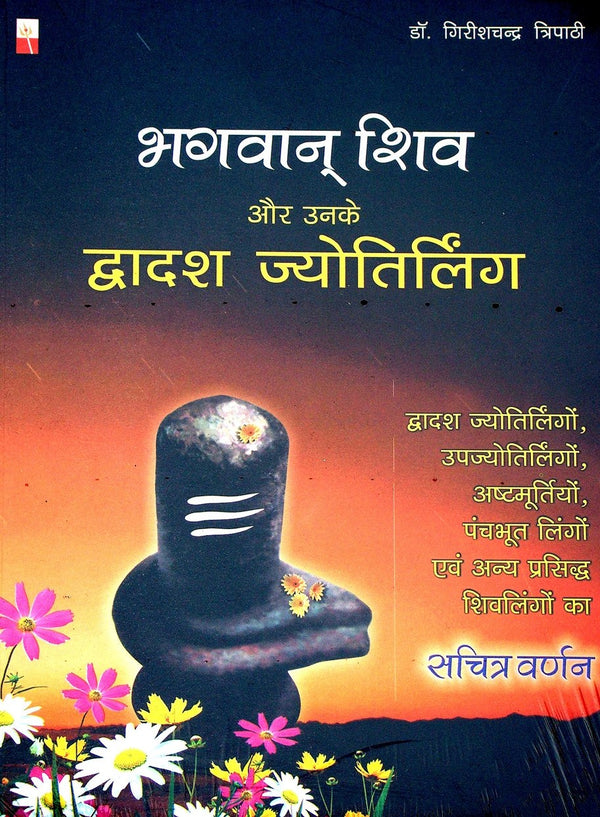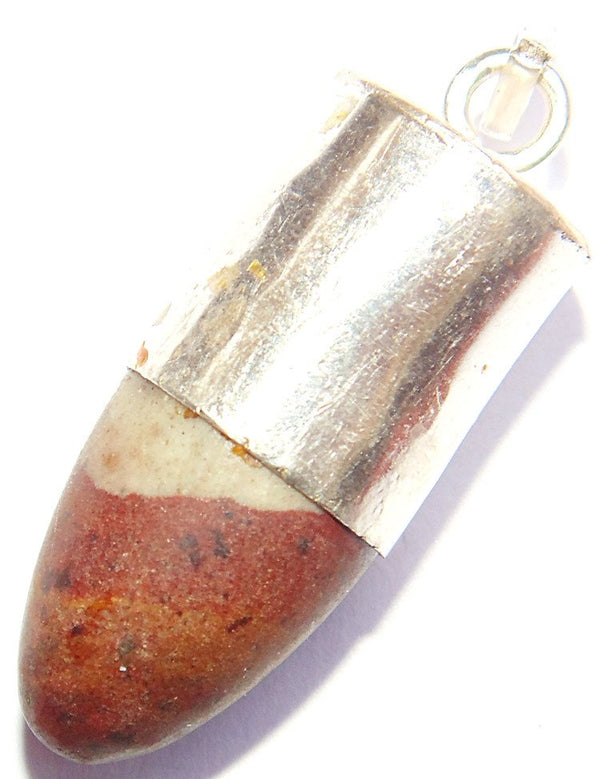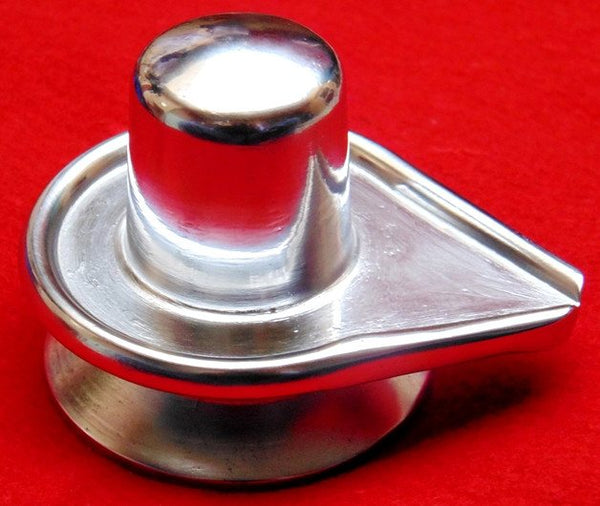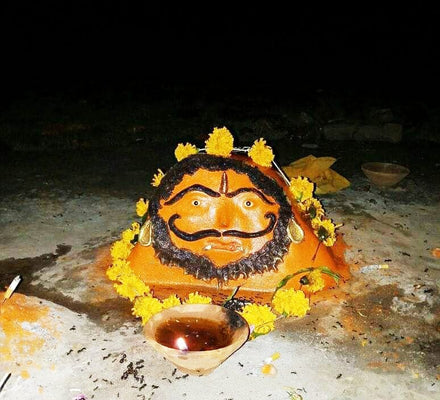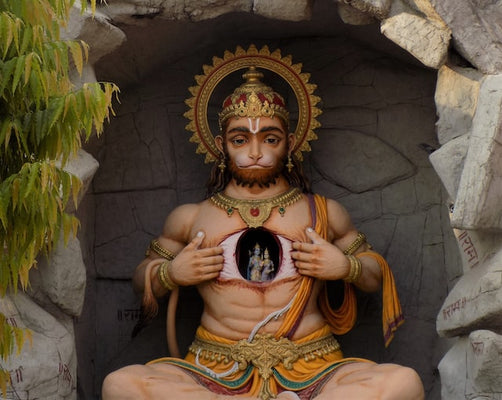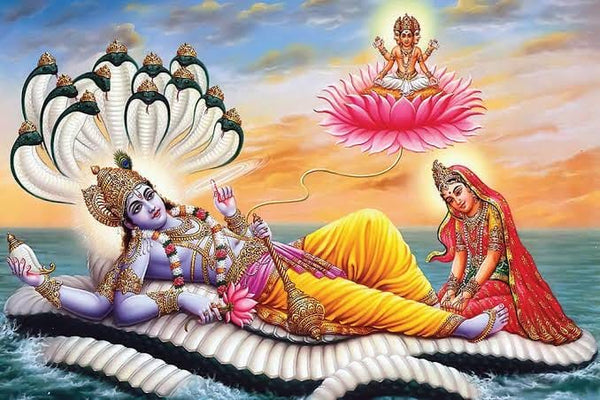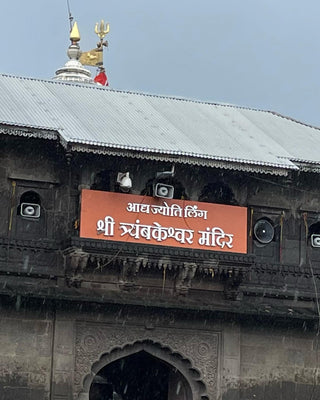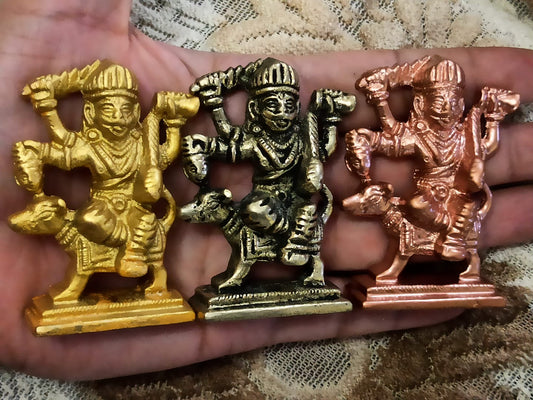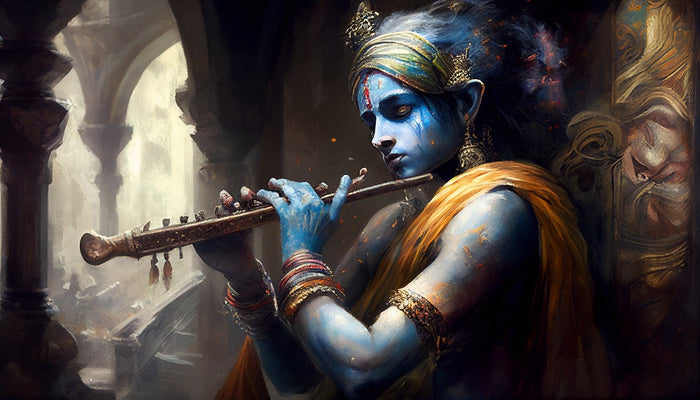Shri Kedarnath Jyotirlinga
Shri Kedarnath is one of the best known Shivasthalams in India and is considered to be one of the most sacred pilgrimage centers of the country, located in the lofty Himalayas. It is revered as one of the 12 Jyotirlingams - the Northern most one, while the Southernmost one is Rameswaram. The spiritual leader Adi Sankaracharya is closely associated with Kedarnath. Kedarnath is a shrine steeped in antiquity, rich in legend and religious significance.
At the approach of winters in the month of November, the holy statue of Lord Shiva, is carried down from Garhwal (Kedarkhand) to Ukhimath, and is reinstated at Kedarnath, in the first week of May. It is at this time, that the doors of the temple are thrown open to pilgrims, who flock from all parts of India, for a holy pilgrimage. The shrine closes on the first day of Kartik (Oct-Nov) and reopens in Vaishakh (Apr-May) every year. During its closure the shrine is submerged in snow and worship is performed at Ukhimath. Four Himalayan shrines dedicated to Shiva have been glorified by the Tamil Tevaram Hymns composed by the Nayanmars of the 1st millennium CE. These shrines are Indraneela Parvatam in Nepal, Gowrikund, Kedarnath and Mount Kailash in Tibet. Although none of the Nayanmars visited Kedarnath, Sambandar sang its praises from Kalahasti. The Tamil hymns of the Nayanmars refer to Kedarnath as Tirukkedaram.
As per the tradition decided by Lord Brahma the temple would be open for six months i.e from Hindu calender month Vaishaka to Karthik for darshan to common people. For the remaining six months i.e from Margashsish to Chaitra the temple would be closed for darshan to common people as it is Devas turn for Lord's darshan.
About Temple
Shri Kedareshwar is situated on the Himalayas, on a mountain named Kedar. Before the mountains, on the banks of the Alakanada Badrinarayana is situated. And on the west, on the banks of Mandakini Kedarnath Jyotirlinga is situated. This place is approximately 150 miles away from Haridwar and 132 miles north of Hrishikesh. Nar Narayan the incarnation of Lord Vishnu has performed severe penance in Badrikashraya of Bharat Khand. He would regularly pray to the Shivirlinga and Lord Shiva used to be present there in the linga.
After some time Lord Ashutush appeared before Nar Narayan and said – I am very pleased with your undeterred faith and devotion, so you may ask a boon for yourself. Nar Narayan, said that if you are really pleased then O’ Devesha please assume form and reside here eternally so that all people who worship you shall be freed from their miseries. Granting the boon, Lord Shiva assumed form of a linga and was installed in Kedar Mountain. After that Nar Narayan worshipped him ardently and then after he was named Kedareshwar.
By praying to Kedareshwar, one can get all his desires fulfilled. Upamanyu had prayed to Lord Shiva in this place, in Satayuga. In Dwapar the Pandavas had worshipped Lord Shiva here. Located in the Himalayas at a height of 12000 feet in awe inspiring surroundings, this small shrine is accessible by foot, only 6 months a year. The temple at Kedarnath enshrining the Jyotirlingam of Shiva opens only when the sun enters the zodiac sign of Aries and it is closed when the sun enters Scorpio. The priests then go to Ukhimath, where the worship of Kedareshwara is continued during the winter season.
Kedarnath is located on a ridge which juts out at right angles from below the 23000 feet high snowy peak of Mahapanth. Kedarnath is located on the Rudra Himalaya range. The Rudra Himalaya range is also known as the Pancha Parvata; its five peaks are Rudra Himalaya, Vishnupuri, Bhramapuri, Udgari-Kanth and Swargarohini. It is believed that four of the Pandavas died on the last of these peaks.
Legends
Legend has it that Parvati worshipped Kedareshwar to unite with Shiva as Ardhanareeswarar. Kedara Munivar is also said to have established this shrine visited by the Pancha Pandavas.
Legend also has it that Nara and Narayana - two incarnations of Vishnu practised severe penances at Badrikashramam, in front of a Shivalingam fashioned out of earth. When Shiva appeared in front of them, they requested him to take up a permanent abode as a Jyotirlinga at Kedarnath.
Legend also has it that the Pandava princes were advised to visit Kedarnath after the great Kurukshetra battle. Shiva upon seeing the Pandavas, assumed the form of a male buaffalo and entered the earth. It is believed that the rear of its body remained here, as Kedareshwar. The front part is believed to be in Nepal. This legend says that when Shiva entered the ground, he became five fold - his hind remained at Kedar, his arms Tunganatha, his face Rudranatha, his belly Madhyameswara and his Jata Kalpeswara. These five shrines together as known as the Pancha Kedara. The Pandavas are believed to have visited this area several times. Arjuna is believed to have come here to pray to Shiva to obtain the coveted Pasupataastra. The other Pandavas are believed to have come here in search of him, where Draupadi came across the heavenly lotus Kalyana Saugandikam, and requested Bhima to bring here some more of the same. It was during his venturing out to seek these flowers that Bhima met Hanumaan.
Tradition has it that pilgrims first visit Yamunotri and Gangotri and bring with them the holy waters from the sources of the rivers Yamuna and Ganga and offer abhishekams to Kedareshwara. The traditional pilgrim route is Haridwar - Rishikesh - Devaprayag - Tehri - Dharasu - Yamunotri - Uttar Kashi - Gangotri - Triyugnarayan - Gowrikund and Kedarnath. Alternatively, the route to Kedar from Rishikesh is via Devprayag, Srinagar, Rudraprayag and Ukhimath.
Kedarnath Temple Timings
Kedarnath Temple is open for devotees from 6 am to 2 pm and 5 pm to 8 pm. Shingar Darshan is from 5 pm onwards and Aarti is performed at 6:45 pm. Sharavani Annakoot Mela is celebrated on the day before Raksha Bandhan during August. Special Samadhi puja is help on the closing day of Kedarnath.
Festivals Badri Kedar Festival - Held in the month of June, nothing could be a perfect manifestation of Hindu religion and culture. The Badri Kedar festival is held in the sacred shrines of Badrinath and Kedarnath in the month of June. The festivities go on for a stretch of eight days. The festival makes an attempt to bring under one platform, the greatest artists of the country. What could be a more apt tribute to the rich Indian culture?
Places to Visit
Adi Guru Shankaracharya Statue - Adi Guru Shankaracharya’s 12 feet tall statue at Kedarnath, weighing 35 tonnes, has been made by Mysore based sculptors from Chlorite Schist Stone. The rebuilt statue of the renowned 8th century philosopher Adi Shankaracharya which has just been installed on 5th November 2021 behind the holy Kedarnath Temple is blazing bright with beauty and standing in pride with its full charm. This is just 10 minutes away from main temple.
Badrinath Temple - Badrinath which is near the Kedarnath is also a significant pilgrimage spot for the devotees of Lord shiva. The Neelkant peak behind the Badrinath temple is an abode of Lord shiva - like how the Mount Kailash is. It is called Indra Neel Parvat.
Gandhi Sarovar - A small lake from where Yudhishthir, the eldest of the Pandavas, is said to have departed to heaven. A km trek from Kedarnath, floating ice on the crystal clear waters.
Vasuki Tal - 6 km. At 4135 mtr. above sea level, this lake is extraordinary, surrounded by high mountains and offering an excellent view of the Chaukhamba peaks.
Gauri Kund - 15 km. The trekking base to Kedarnath and the road head, this village has a temple dedicated to Gauri and also thermal springs of medicinal value.
Sonprayag - 20 km. The confluence of the Son Ganga and Mandakini rivers, where there is a diversion for Triyuginarayan.
Triyuginarayan - 25 km. the mythological venue where the wedding of Lord Shiva and Parvati was solemnized. It is a short trek of 5 km from Son Prayag. An eternal flame, which is said to have been the witness to the marriage, burns in front of the temple even today.
Gupt Kashi - 49 km. Famous for the temples of Ardhnarishwar and Vishwanathji.
Ukhimath - 60 km. Winter home of Lord Kedarnath temple, and the seat of the Rawal of Kedarnath during winter months.
Agastmuni - 73 km., Has a temple dedicated to the sage Agastya.
Chopta - Situated on the Gopeshwar Ukhimath road about 40 km from Gopeshwar at an altitude of about 2500 mtrs above sea level, Chopta is one of the most picturesque spots in the entire Garhwal region. It provides a breathtaking view of Himalayan ranges surrounding it.
Deoria Tal - At an altitude of 2,440 mt., this beautiful lake is situated on the Chopta - Ukhimath motor road. In the early morning, the snow-capped peaks are clearly reflected on the lake waters. This lake also provides an excellent venue for angling, as well as bird watching.
Panch Kedar - The five most important temples of Lord Shiva in garhwal Himalayas.
The Kedar Massif - This is an outstanding massif formed by the three major mountains - Kedar Dome.
Bharatekuntha at 6578 Meters, is connected to Kedarnath to the East, by a long and dangerous avalanche ridden ridge. At 6000 meters it looks stunning and has several glacial flows, one of which is the Mandakini glacier running down its ridges.
Kedarnath and Kedardome, are connected by a deep ridge. Kedar Domeat 6831 Meters presents a fair challenge to climbers. Kedarnath is however, a difficult peak to climb. At 6940 Meters it is just beneath the level where the oxygen layer is thin.
Anyone interested in a good day trek, could take the well travelled path from behind the temple toward Bharatekuntha. About 3 kilometers away in the valley formed by the Kedarnath massif, is Chorabhari Tal. This lake has been renamed Gandhi Sarovar after the Mahatma's ashes were immersed in Iake.
Getting there and around
By Road : Kedarnath is connected by road with Badrinath (242 KM), Dehradun (268 KM), Delhi (450 KM), Haridwar (250 KM), Kotdwar (256 KM), and Rishikesh (226 KM).
Route : Rishikesh to Kedarnath vai Rudraprayag :- Rishikesh -> Rudraprayaga -> Agastamuni -> Kund -> Gupta kashi -> Phata -> Soneprayag -> Gauri Kund.
Gauri Kund to Kedarnath is 14 KM. This distance has to be covered by foot, ponies, palkies.
By Rail : The nearest convenient railway stations are Dehradun , Yog Nagri Rishikesh and Haridwar. These are well connected with Delhi, Mumbai, Calcutta and rest of India through Rail network.
By Air : The nearest convenient Air port is Jolly grant at Dehradun (121 Kms).
Temple Website


